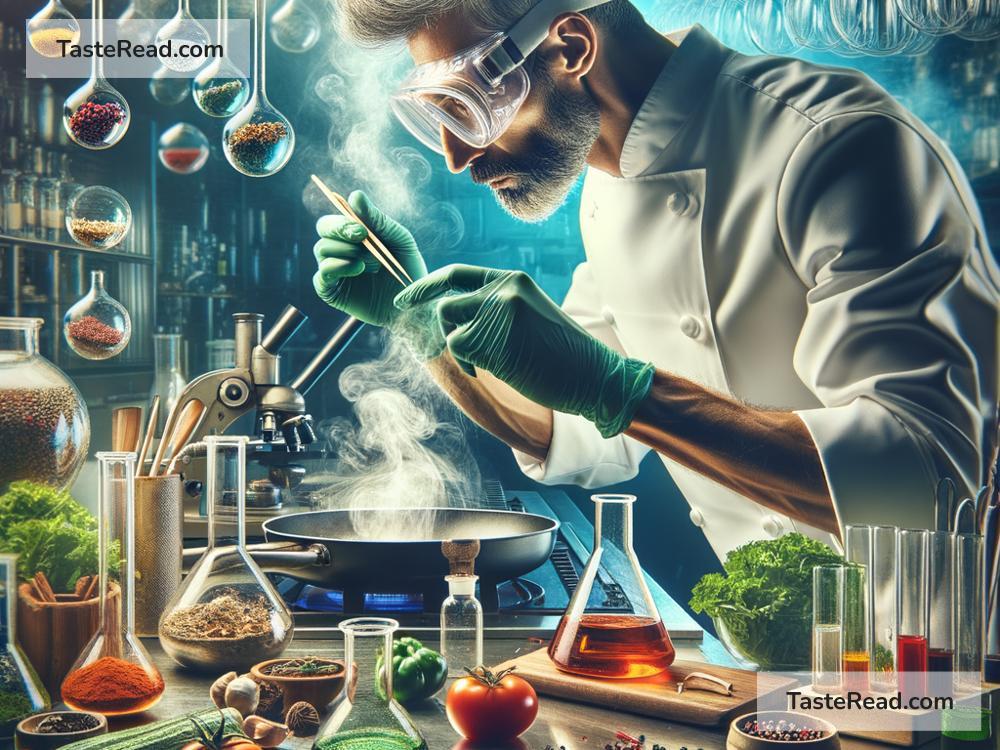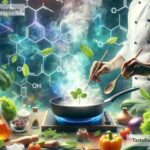The Science of Cooking with Chemical Bravery: Techniques and Tips
Cooking is often seen as an art, but behind every perfectly baked cake, sizzling steak, or creamy sauce is a layer of science. The way food behaves when cooked is deeply rooted in chemistry, and understanding these processes can turn anyone into a kitchen wizard. Welcome to the world of “chemical bravery”—where science meets courage in the kitchen. In this blog, we’ll dive into the techniques and tips that use chemistry to make cooking more exciting and successful. Let’s explore how you can master your cooking skills with confidence.
What is Chemical Bravery in Cooking?
“Chemical bravery” is about stepping into the kitchen with the confidence to experiment, even when you don’t fully know the outcome. Cooking is all about reactions—heat changes food, ingredients combine, and textures transform. When you understand the science behind these processes, you can take risks, try new techniques, and make mistakes in a way that leads to better results.
At its core, chemical bravery means being excited to use different cooking techniques, ask “why” things happen in the kitchen, and trust the science to guide your creativity. Every time something bubbles, browns, or thickens, chemistry is working its magic.
The Role of Chemistry in Cooking
Chemistry is like a hidden recipe—it’s always happening, whether you realize it or not. Let’s look at some iconic processes where science takes the lead:
1. The Maillard Reaction
Ever wondered why roasted chicken has a golden-brown crust or why grilled meat smells so delicious? This is the Maillard Reaction, a chemical process that happens when proteins and sugars react under heat. It’s responsible for creating flavor, aroma, and color. To make the most of this, don’t overcrowd the pan—meat loses its chance to develop that golden crust if it’s sitting in its own juices.
2. Caramelization
Caramelization is the science of sugar. When sugar is heated, it transforms into rich, golden-brown goodness with complex flavors. Think of caramel sauces, crunchy caramelized onions, or the top of a crème brûlée. Low and slow heat gives you control, while high heat brings excitement—but be careful not to burn it!
3. Emulsions
Smooth salad dressings, creamy sauces, and mayonnaise owe their texture to emulsions. This happens when two liquids that normally don’t mix—like oil and water—are combined using an emulsifier like egg yolks or mustard. Understanding emulsions helps you balance flavors and create silky, stable textures.
4. Fermentation
Fermentation may sound intimidating, but it’s simply the process of letting microorganisms (like yeast or bacteria) transform your food. Bread rising, beer brewing, and kimchi fermenting—all rely on natural chemical reactions. Patience is key here, as the science happens slowly. A little bravery goes a long way in experimenting with fermentation at home.
Techniques and Tips for Chemical Bravery
Now that we know the science behind cooking, let’s talk about how you can use it practically in your kitchen. Here are some tips to cook fearlessly and scientifically!
1. Master Your Temperatures
Temperature is everything in cooking. Different processes happen at different heat levels. For instance:
– Boiling water for pasta happens at 100°C (212°F).
– The Maillard Reaction starts around 140°C (280°F).
– Baking bread requires a precise temperature to allow the yeast to rise, but not kill it early.
Invest in a good kitchen thermometer to check your oven, meat, or sugar. Temperature control is a brave cook’s best tool!
2. Use Salt Wisely
Salt does more than just make food taste good—it helps cell walls break down, draws out moisture, and enhances flavors. Brining meat before cooking (soaking it in a salty solution) helps keep it juicy during cooking. Adding salt early can also influence how vegetables caramelize or soften.
3. Experiment with Acidity
Acidity is what makes lemons tangy or yogurt bright. It balances richness and cut through heaviness. For example:
– Add a splash of vinegar or lemon juice to sauces to lift flavors.
– Use buttermilk or acidic yogurt to tenderize chicken or create fluffy pancakes.
Balancing acids with fats (like butter or cream) creates harmony between strong and subtle flavors.
4. Don’t Fear Heat
High heat sears meat, creating crisp crusts and bold flavors. Low heat tenderizes, perfect for slow cooking soups or gravies. Be brave and experiment with heat levels while observing how different foods react.
5. Start Small and Scale Up
Chemical bravery doesn’t mean taking huge risks all at once. Start by tweaking a recipe slightly—reduce sugar, add a new spice, or use a different cooking method. Gradually increase your experiments as you gain confidence. Even if you make mistakes, you’ll learn something new.
Final Thoughts
Cooking with chemical bravery is like being a scientist in your own kitchen. When you understand the science—whether it’s the reaction of heat with sugars or the magic of air in whipped cream—you’ll feel empowered to try new things. The best cooks are curious, fearless, and willing to learn from every success and failure.
So, embrace the science of cooking, be brave, and don’t hesitate to try. With a little curiosity and experimentation, you’ll turn ordinary meals into extraordinary creations, all while discovering the hidden chemistry behind every bite. Happy cooking!


